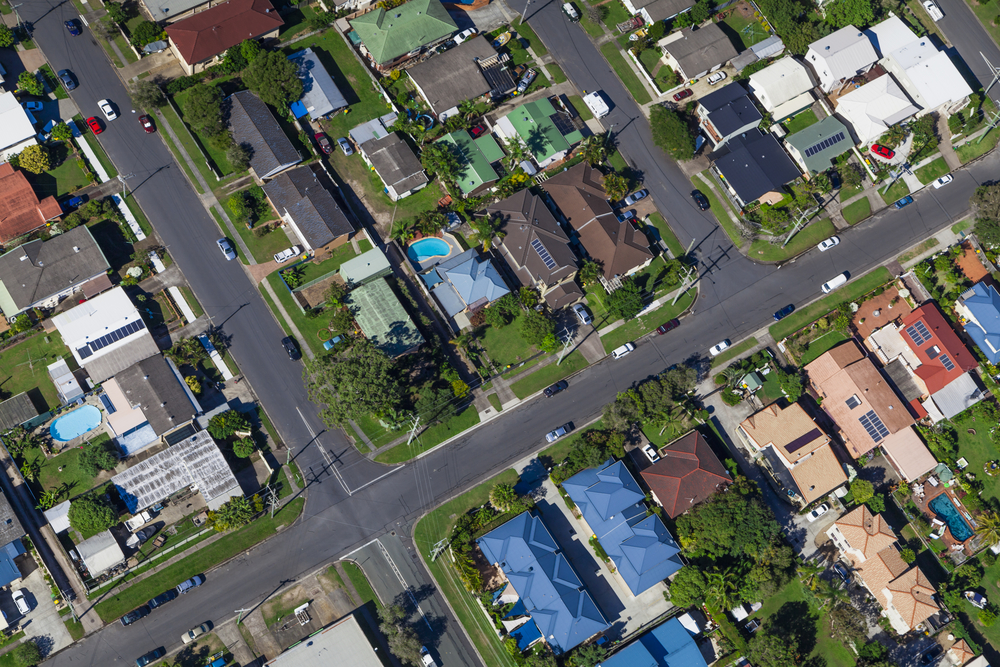5 Factors that Impact the Local Real Estate Market in Long Island NY
 Today’s real estate market in Long Island NY is abuzz with activity, making it challenging for real estate investors to keep up. If you’re new to real estate investing, understanding local markets is key to staying in the game. Whether you’re buying or selling a home in the Long Island NY region, knowing what factors impact the local markets will enable you to make wise (and profitable) real estate deals. Here are some of the most common factors that influence real estate markets on the local level.
Today’s real estate market in Long Island NY is abuzz with activity, making it challenging for real estate investors to keep up. If you’re new to real estate investing, understanding local markets is key to staying in the game. Whether you’re buying or selling a home in the Long Island NY region, knowing what factors impact the local markets will enable you to make wise (and profitable) real estate deals. Here are some of the most common factors that influence real estate markets on the local level.
Inventory
Local real estate markets are greatly influenced by supply and demand. When an area has a large inventory of houses for sale, buyers have greater selection of homes to choose from at competitive prices. The competition often forces sellers to reduce their price in order to make a sale. Markets with large inventories are conducive for real estate investing and flipping properties.
In markets that have limited inventory, sellers can ask more for their property. This forces buyers to pay higher prices or remove themselves from the market. As an investor, you should check current inventories in your local area before making any offers.
Demographics
Every real estate market has its own set of demographics (qualities) that help determine how weak or strong it is. Local demographics may range from millage rate to the strength of an area’s schools. Other factors that could be part of an area’s demographics include crime rate, unemployment rate, average household income and new home permits. Studying the overall statistics in these various categories can help buyers determine the current state of a market as well as predict how it will fare in the future.
Foreclosures
Although foreclosures have been decreasing over the years, there are markets that continue to be plagued with this problem. It only takes one foreclosure selling at a low price to reduce property values in an entire market. Buyers who purchase homes in an area with foreclosures run the risk of losing money when flipping properties later on. By checking the volume of foreclosures in a market before buying, you can avoid making mistakes that hurt your bottom line.
Number of Days on Market
The average number of days a home is on the market can help you determine the strength or weakness of a particular market. Homes generally sell quicker where the demand is high. If you notice a decline in days on market before a sale is made, this shows there’s a strong buying force in that area. In contrast, if there’s an increase in days on market, the area could have limited inventory or less interest from buyers. Days on market can help you determine whether to invest in that area or not.
Median Home Price
Home price is also an indicator of a market’s value. Rising prices show that homes are desirable in a given area while falling prices indicate the market is on its way out. When studying prices, be sure to go with the median home price as it will give a more accurate picture of the market.
By studying these factors, you can get a better idea of where a market stands before investing in property.